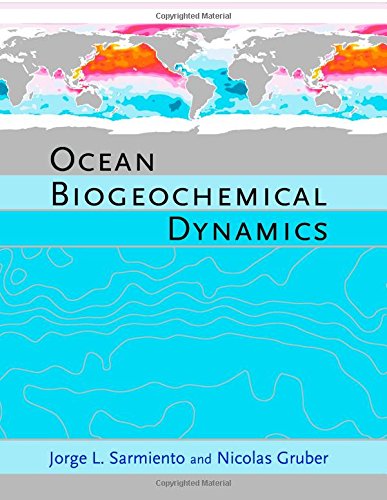

Most ebook files are in PDF format, so you can easily read them using various software such as Foxit Reader or directly on the Google Chrome browser.
Some ebook files are released by publishers in other formats such as .awz, .mobi, .epub, .fb2, etc. You may need to install specific software to read these formats on mobile/PC, such as Calibre.
Please read the tutorial at this link: https://ebookbell.com/faq
We offer FREE conversion to the popular formats you request; however, this may take some time. Therefore, right after payment, please email us, and we will try to provide the service as quickly as possible.
For some exceptional file formats or broken links (if any), please refrain from opening any disputes. Instead, email us first, and we will try to assist within a maximum of 6 hours.
EbookBell Team

4.3
68 reviewsOcean Biogeochemical Dynamics provides a broad theoretical framework upon which graduate students and upper-level undergraduates can formulate an understanding of the processes that control the mean concentration and distribution of biologically utilized elements and compounds in the ocean. Though it is written as a textbook, it will also be of interest to more advanced scientists as a wide-ranging synthesis of our present understanding of ocean biogeochemical processes.
The first two chapters of the book provide an introductory overview of biogeochemical and physical oceanography. The next four chapters concentrate on processes at the air-sea interface, the production of organic matter in the upper ocean, the remineralization of organic matter in the water column, and the processing of organic matter in the sediments. The focus of these chapters is on analyzing the cycles of organic carbon, oxygen, and nutrients.
The next three chapters round out the authors' coverage of ocean biogeochemical cycles with discussions of silica, dissolved inorganic carbon and alkalinity, and CaCO3. The final chapter discusses applications of ocean biogeochemistry to our understanding of the role of the ocean carbon cycle in interannual to decadal variability, paleoclimatology, and the anthropogenic carbon budget. The problem sets included at the end of each chapter encourage students to ask critical questions in this exciting new field. While much of the approach is mathematical, the math is at a level that should be accessible to students with a year or two of college level mathematics and/or physics.